Arcade Archives
NINTENDO: A TIMELINE OF THEIR RISE, FALL AND RESURGENCE
What started as a humble card company in 1889 turned into a gaming giant. But how did they get there?
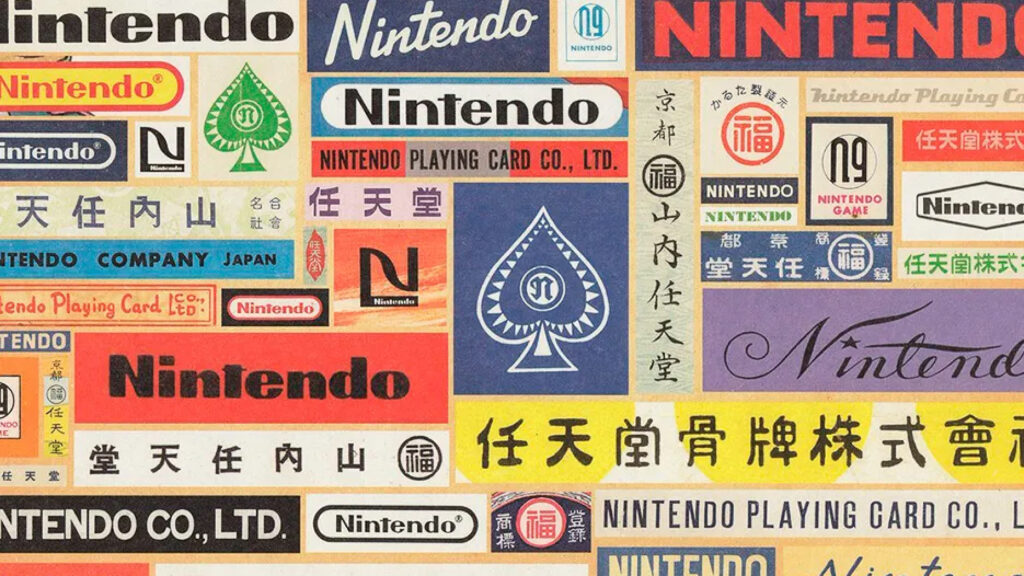
When we think of Nintendo today, we usually think of popular video games like Mario Kart and Zelda. However, few people know that the history of this video game giant goes all the way back to the late 1800’s. Founder, Fusajiro Yamauchi, created Nintendo in 1889, and began his venture by selling “Hanafuda” – also known as Japanese playing cards – in Kyoto, Japan. Let’s take a dive into the rich history of this video game icon, and see what got them to where they are today.

The early days of Nintendo: 1889-1960
Nintendo was founded in 1889 as a humble Japanese card manufacturing company. Founder, Yamuachi, started producing and selling high-quality, authentic Hanafadu Cards, which were inspired by his own life-long love for card games (fun fact: to this day you can buy these authentic cards on Nintendo’s website, check them out here). Nintendo’s high-quality Hanafuda Cards quickly gained popularity, and spread throughout Japan. From 1890 to early 1929, Yamauchi led Nintendo’s success and developments, with their cards now mass produced and becoming a staple in Japanese homes. However, in 1930, Yamauchi retired and passed the reigns to his son-in-law, Sekiryo Kaneda.
From 1930 to 1949, business ran smoothly, however the family faced various personal challenges, and it wasn’t until Hiroshi Yamauchi took over Nintendo that things on the board of the company settled back to normal. In 1956, Hiroshi visited the United States, in hope of gaining some advice from the top playing card producer at the time; the USPCC. Upon his visit, he was shocked to discover that the world’s largest playing card company was based in a tiny office in Cincinnati. This experience allowed him to realise the limitations of the playing card industry, and start to dream bigger.
New beginnings: 1960-1975
Following his revelation about the playing card industry, Hiroshi renamed Nintendo Playing Cards Ltd. to Nintendo. This change was followed by a strange but successful period for Nintendo, where by they expanded into various surprising industries including fast food, vacuum cleaners (if you don’t believe us read this article), as well as eventually electronic toy’s for kids.
In 1965, one of Nintendo’s conveyor belt engineers, named Gunpei Yokoi, developed an arm shaped toy as a side project. Upon visiting one of the company’s factories, Hiroshi noticed this toy, and oredered Yokoi to create a prototype for him. The toy was released as the “Ultra Hand” and sold hundreds of thousands of units over the Christmas period. This success inspired Hiroshi to take Nintendo down the electronic toy route, which led to the development of further toys including the “Love Tester” the “Ten Billion Barrel” puzzle and the infamous “Nintendo Beam Gun”, which was the first light-gun ever released for home use.
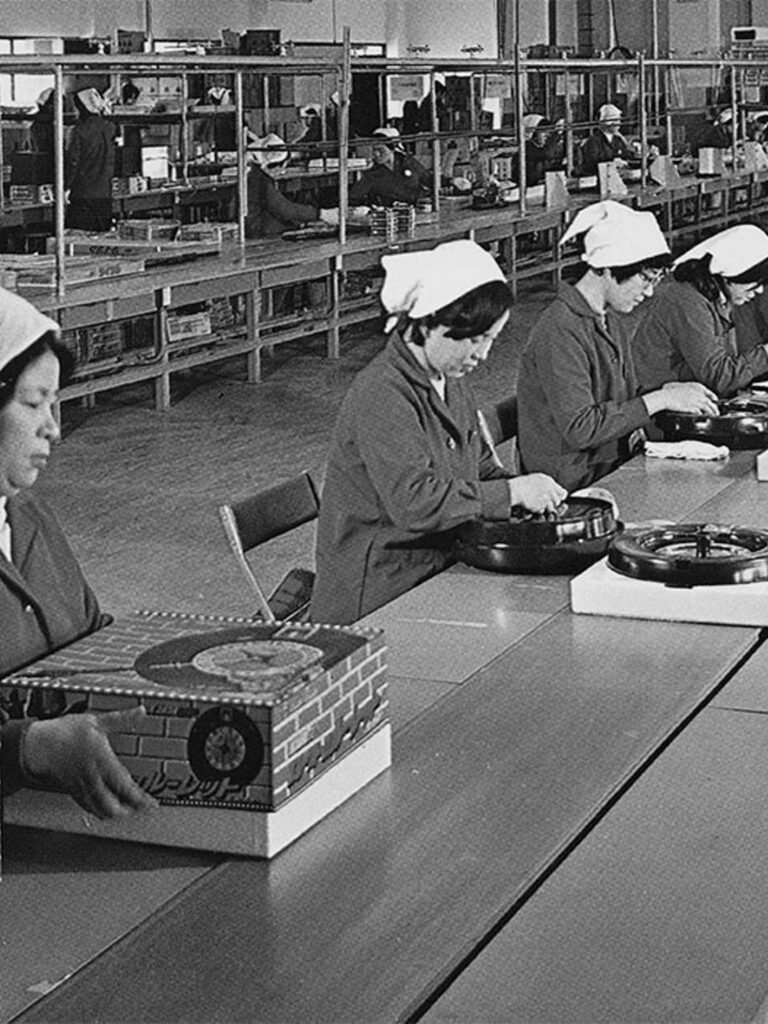
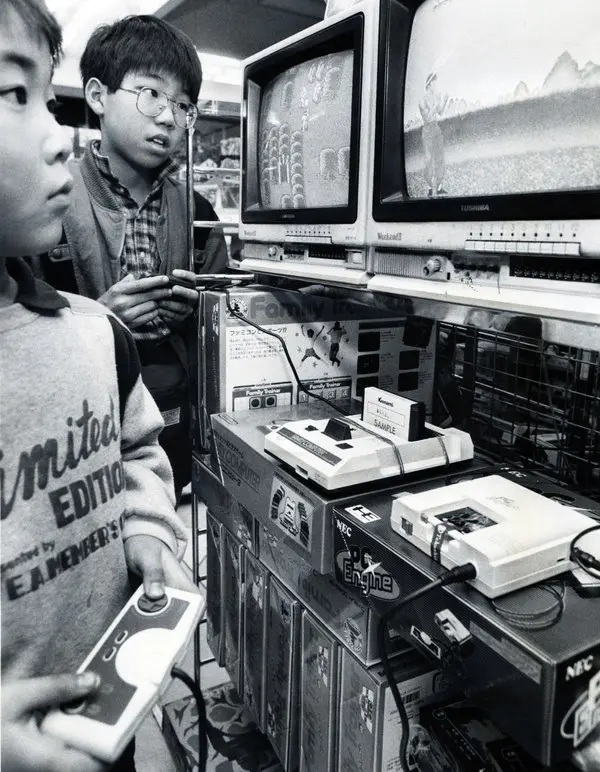
A jump into video games: 1975-1990:
In the 1970’s, Nintendo became highly involved with the development of some of the earliest video game consoles, with their expertise for electronic toys coming in handy for various accessories on the consoles of this era. By the late 1970’s, Nintendo began to release their very own arcade games, notably the “EVR Race” and “Color-TV Game 6”. However, it wasn’t until 1981 that Nintendo struck gold in the video game department, with their iconic arcade game “Donkey Kong” (with the protagonist plumber “Jump-Man” also known as Mario). This was quickly followed by games including Mario Bros, Sky Skipper and Donkey Kong Jr – all of which laid the foundation for the Mario Franchise, which is of crucial value to Nintendo to this day.
However, in 1989, Nintendo announced it’s withdrawal from producing arcade equipment, with a newfound focus on home entertainment systems and handhelds consoles – including the Nintendo Entertainment System.
Nintendo Entertainment System and the Game Boy: 1990-2000
In 1989, Nintendo released the Game Boy, which was inspired by an earlier venture of theirs called the Game & Watch. The Game Boy was an immense hit worldwide, and amassed sales of almost 120 million units. Iconic games such as Tetris, Super Mario World and Zelda gained popularity with releases on the Game Boy, and characters including Mario became as well-known to children worldwide as Mickey Mouse. The release of the Super Nintendo Entertainment System led the company to further success, with the console sold out within three days in Japan. The release of the SNES was anticpated by competitors including SEGA, who attempted to out-do Nintendo with various aggressive campaigns promoting their new mascot, Sonic the Hedgehog. However, they ultimately failed, with Nintendo’s console reigning supreme with 50 million units sold worldwide. The early 1990’s were a golden era for Nintendo, but in 1995, thing took a turn. Sony’s release of the PlayStation, combined with fierce marketing campaigns targetting Nintendo’s loyal consumers, led to a drastic decrease in Nintendo’s market share. This was followed by a period of aggressive marketing strategies and innovative releases, some of which allowed Nintendo to keep their position, but some of which led to them facing enormous fines for anti-competitive behaviour.
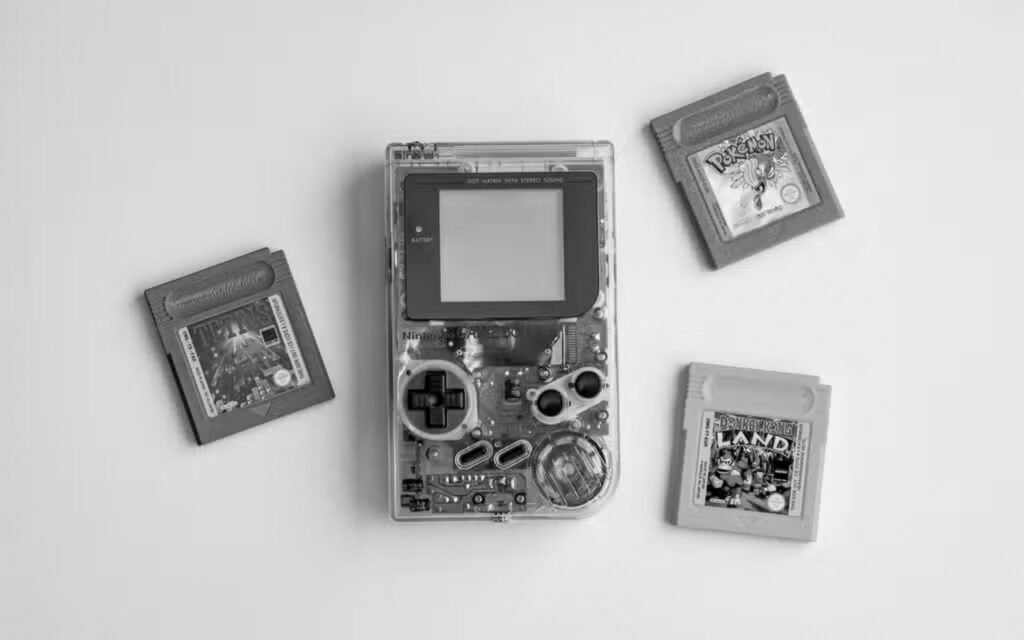
Nintendo DS and Wii Era: 2004-2017
Following a rocky decade and the tragic death of Gunpei Yokoi, the company decided it was time for a drastic change. With the release of the DS, the Game Boy era came to an end, and Nintendo slowly began to see some improvements in their market position. This success was followed by the release of the Wii console, which targeted a larger demographic of gamers to previous consoles – one including casual gamers and children. Since no other company had considered underserved segments, they were unprepared for the Wii’s success, and it took them almost 5 years to create consoles to match the Wii’s purpose.
Nintendo attempted to build of the success of these products with their Wii U and Nintendo 3DS, but unfortunately the company began to see losses once again, and reported their first net loss in 2012 since the company was founded. Considering the mass popularity of their games, and their iconic role in the history of video games, this was surprising – and we can vouch for the fact that their success with the Nintendo Switch in 2017 came as a big relief for video game fans, with fears of the company’s cease to exist growing.
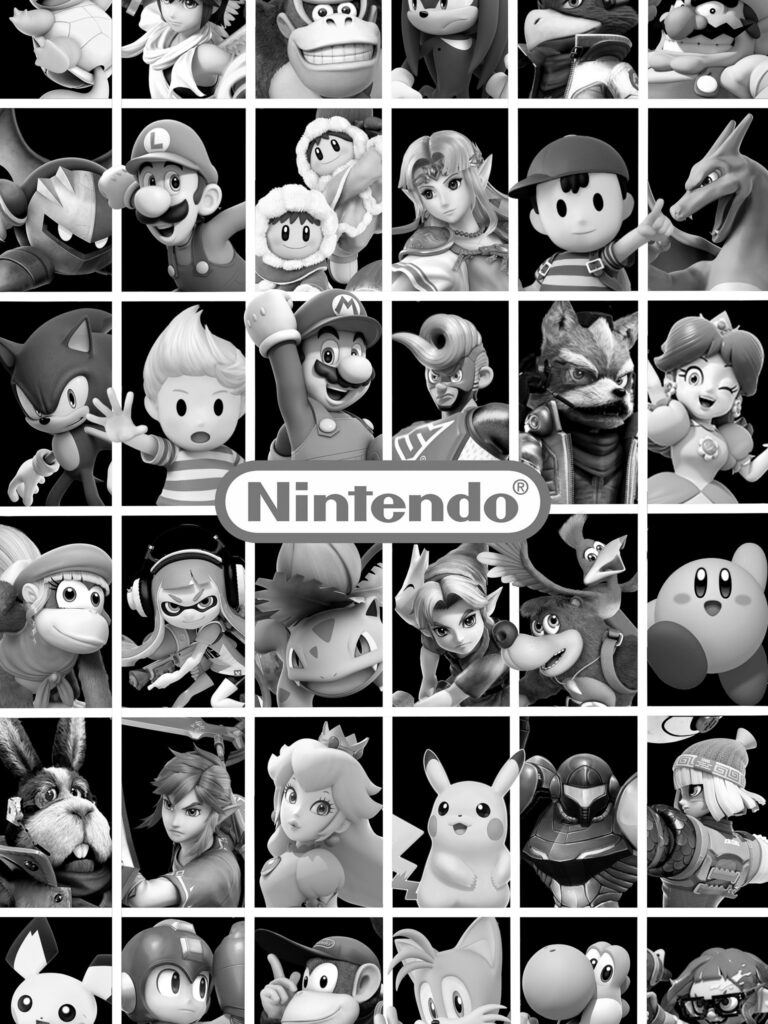
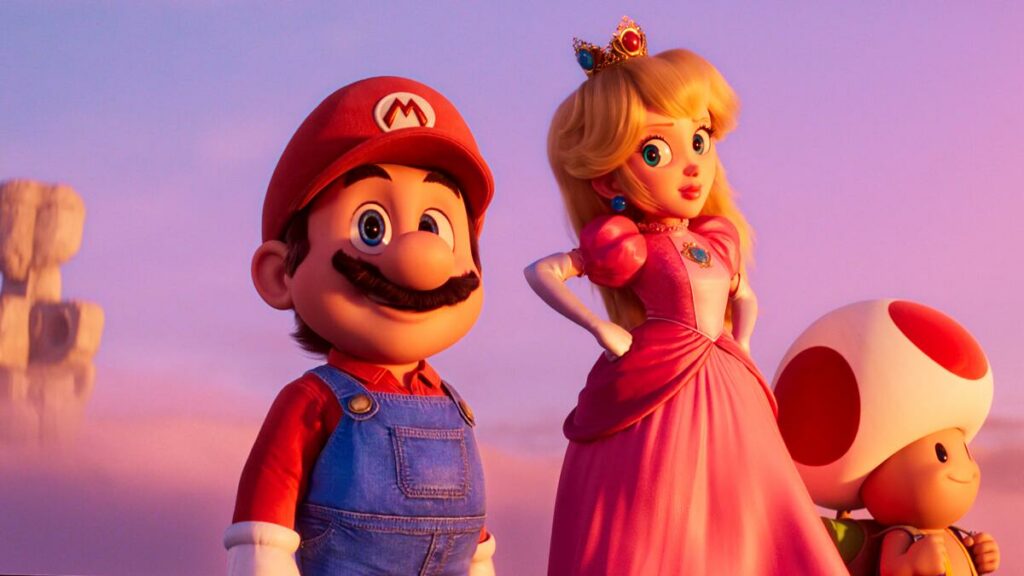
Nintendo today and visions for the future
Nintendo’s impact on the video game industry throughout history has been invaluable. From their inspiring and innovative products to their wonderful characters and their developments throughout the games, Nintendo has set many of the standards for games today. Their impact can also be seen on popular culture today, most recently in the release of the Mario Bros Movie (2023), featuring Chris Pratt and Anya Taylor-Joy.
Various Nintendo games can be found on each of Maison Roshi’s arcade cabinets – from the classic Donkey Kong (which is harder than it looks!) to the lovable Super Mario World and Mario Kart series. Explore the arcades here and dive into the nostalgic world of retro gaming.
